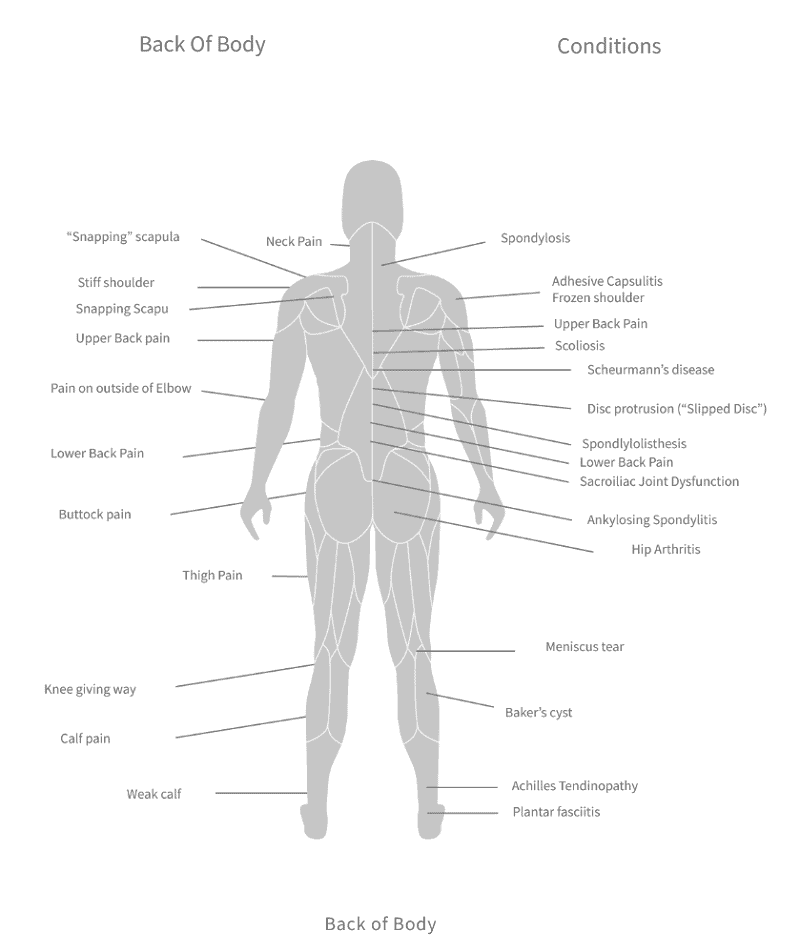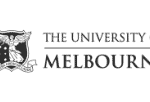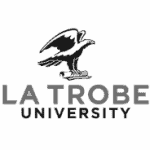Learning Hub
Ease pain through knowledge & exercise
Ease pain in joints, muscle aches, and symptoms arising from problems with bones, nerves, poor posture and other soft tissues by addressing the source . Physiotherapy can alleviate and often help undo or limit the damage to these structures.
Understanding the contributing factors to a problem and dealing with them appropriately may eliminate for the long term than just providing symptomatic relief.


SYMPTOMS & THEIR POSSIBLE CAUSES
Pain and Soreness
Ease pain by addressing the root cause. Sources of pain may include:
Either through bruising (contusion), overstretching (strain) or overloading (tear). Longer term injuries can also lead to muscle imbalances, where some muscles become overactive to compensate for inactive or weak muscles that are not working properly.
Through inflammation from overloading (tendonitis) or overuse/ wear and tear (tendinopathy – changes in the cell structure of the tendon).
Inflammation of overstretching ligaments (sprains) or capsule (capsular tear) or inflammation from compression damage within the joint (eg. Cartilage damage) or from arthritis, an inflammatory disorder that has over 100 different forms. (eg. Osteoarthritis, which usually occurs with age, Rheumatoid arthritis from autoimmune processes, and lupus).
From breaking (fracture) with a large or sustained or repetitive force, or bruising eg compression injury or inflammation (possibly from infection or repeated damage).
Nerve
Can be painful if the nerve is subjected to compressive forces, overstretch, inflammation that has resulted from damage or from the chemical aggravation from surrounding inflamed tissues, or from lack of blood flow to nerve tissue. The nervous system can also become hypersensitive if the body undergoes extremely painful experiences or prolonged or repeated pain, and then interprets certain stimuli e.g. light pressure, as being painful, even when there is no longer any tissue damage present.
This is a medical term that describes pain that results from the body interpreting the pain being experienced in one area (eg. Leg pain) when the source of the pain is actually located somewhere else (eg back. – leg pain referred from the back is often described as “sciatica”). This does not actually explain the tissues which are the source of the pain, but is a way of describing the area that is the source of the pain.
The tissues that could be the source of the pain might be one or more of the tissues described above, but it might also be coming from components of one of the internal systems of the body, eg. The heart referring pain down the arm, the kidneys referring a painful sensation to the back.
This can be a source of pain, because poor posture puts overloading, strain or stretch to any of the tissues described above
when the body or the mind is under excessive stress, the brain can interpret sensations differently to the normal, and register these sensations as being painful. This source of pain should not be discounted, as the person suffering pain of this source has a real experience of pain, but does not necessarily have physical tissue damage.
Other symptoms
To move well, muscles need to be activated at the right time with the right amount of force in relation to other muscle groups as a co-ordinated system. This can only occur if
- The muscles have sufficient strength and length
- The brain and nervous system activates the muscles with the appropriate timing.
If either of these factors are not ideal, the movement system doesn’t work as well and this can result in stress on specific areas/tissues that can then cause pain
is can result from lack of blood flow to tissues
This prickly sensation may result from damage or malfunction of nerve tissue or from lack of circulation to various tissues in the body
Usually indicative of a more severe version of pins and needles, the lack of sensation may result from damage or malfunction of nerve tissue or from lack of circulation to various tissues in the body. Diabetics may experience numbness in the hands and feet because this condition can cause damage to the blood vessels in these parts and the lack of circulation results in numbness
Lack of movement. Often due to tightness, shortening or scarring of muscles, tendons or joint capsules.
Lack of strength in specific muscles. If a group of muscles in a certain area are weak, the person may find that this body part is difficult to move but another person or external force can make the body part move.



















